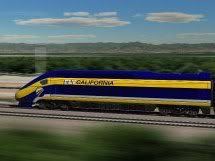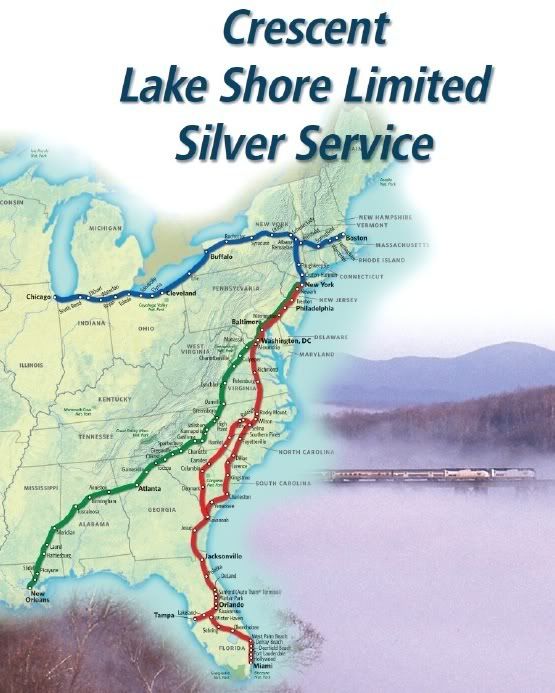Burning the Midnight Oil for Living Energy Independence
 California is on a deadline from DC to either appropriate the funds to begin work on the first segment of the California HSR project, or else the Dept. of Transport will rescind California’s grant and hand the money over to other states.
California is on a deadline from DC to either appropriate the funds to begin work on the first segment of the California HSR project, or else the Dept. of Transport will rescind California’s grant and hand the money over to other states.
One of the key controversies is the fact that there is no guarantee that the funding required for building the complete system will be forthcoming. And so, the argument goes, if the first construction segment is built, but no additional Federal funding for HSR is ever again authorized and appropriated, California will be stuck with a White Elephant.
This is, indeed, the “risk” that the California Legislative Analyst Office (LAO) has focused on in its series of anti-HSR analyses.
The LAO’s analysis includes the presumption that the Federal funds already granted can simply be re-allocated by California to be spent in the way that the LAO advises, which is a quite bizarre fantasy to be set forward in what is supposed to be professional analysis at the California taxpayer’s expense. By including this fantasy in their analysis, they can evade the question of, “would we be better off doing nothing?”
Reality does not allow the question to be evaded. If we continue to do nothing on the argument that whatever step forward actually on offer is inferior to some fictitious imagined superior plan, we will in the end arrive in the future having done nothing, and will find out the hard way whether or not that was a wise decision to make.
Now, if the future is identical to the past, then a system that worked well enough in the past can work well enough in the future. However, if the future differs from the past ~ as history teaches us it always has before ~ then the systems that worked well enough in the past will be unsuited to the future.
What we need, “if” the Future differs from the Past, is the flexibility to adapt to changes. Both the changes we can see coming, and the changes that we cannot see coming.
 Today, the focus is on one lovely rhetorical ploy used by anti-rail advocates to try to put one over on people with limited experience with trains. This relies on the false framing that “trains is trains”, and uses something that is true about a particular kind of local rail transport to mislead people about 110mph Emerging High Speed Rail in particular.
Today, the focus is on one lovely rhetorical ploy used by anti-rail advocates to try to put one over on people with limited experience with trains. This relies on the false framing that “trains is trains”, and uses something that is true about a particular kind of local rail transport to mislead people about 110mph Emerging High Speed Rail in particular.
 Back in early June, in
Back in early June, in  “Oh, sure,
“Oh, sure,  California is on a deadline from DC to either appropriate the funds to begin work on the first segment of the California HSR project, or else the Dept. of Transport will rescind California’s grant and hand the money over to other states.
California is on a deadline from DC to either appropriate the funds to begin work on the first segment of the California HSR project, or else the Dept. of Transport will rescind California’s grant and hand the money over to other states.
Recent Comments